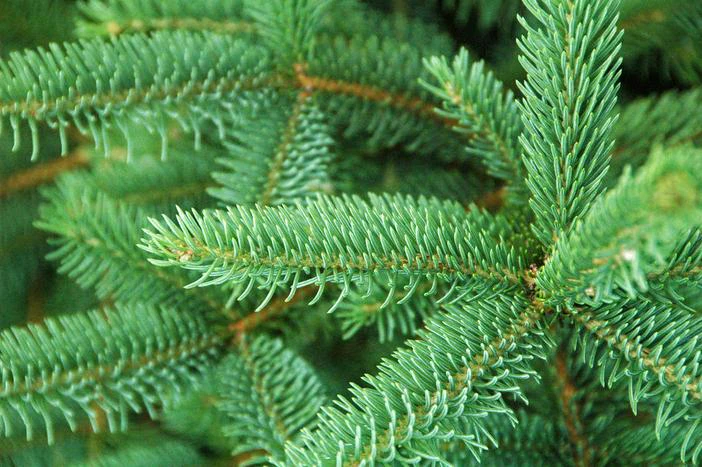Dragon Spruce
(Picea asperata)
Dragon Spruce (Picea asperata)
/
/

James St. John
CC BY 2.0
Image By:
James St. John
Recorded By:
Copyright:
CC BY 2.0
Copyright Notice:
Photo by: James St. John | License Type: CC BY 2.0 | License URL: https://creativecommons.org/licenses/by/2.0/ | Uploader: James St. John | Publisher: Flickr





























Estimated Native Range
Climate Requirements for Fargo, North Dakota
| This Plant | Your Site | Plant Suitability for Your Location | ||
|---|---|---|---|---|
| • Precipitation | 5" - 61" | 22" | Your precipitation may be insufficient for this plant. Irrigate N" / year. | Irrigate N" / year |
| • High Temp. | 52°F - 93°F | 86°F | Your summer temperatures are normal for this plant. | Excellent |
| • Low Temp. | -9°F - 36°F | -2°F | Your winter temperatures are normal for this plant | Excellent |
This plant should grow well at your location with about N inches per year (Y minutes per month) of irrigation.
Summary
Picea asperata, commonly known as Dragon Spruce, is an evergreen tree native to the mountainous regions of western China, specifically from Qinghai to Sichuan. It is typically found in subalpine coniferous forests at elevations of 4921-9843 feet (1500-3000 meters). This species can grow to a height of 82-131 feet (25-40 meters) and is characterized by its orange-brown shoots and stiff, needle-like leaves that are arranged radially around the branches, giving it a somewhat spiky appearance. The cones of Dragon Spruce are notable for their pale brown color and cylindric-conic shape, maturing to release seeds that are dispersed by wind.
Dragon Spruce is valued for its ornamental qualities, including its striking form and the texture of its foliage. It is used in large gardens and parks, often as a specimen tree. In cultivation, it requires a cool, moist climate with well-drained, acidic soil, and it prefers full sun to partial shade. While it is not widely cultivated, it has potential in the horticultural industry, especially in areas with suitable climates. Additionally, the wood of Picea asperata is used in the production of stringed instruments due to its resonant qualities. However, it is important to note that the species has experienced population declines due to deforestation, and while not currently listed as threatened, its conservation status warrants monitoring.CC BY-SA 4.0
Dragon Spruce is valued for its ornamental qualities, including its striking form and the texture of its foliage. It is used in large gardens and parks, often as a specimen tree. In cultivation, it requires a cool, moist climate with well-drained, acidic soil, and it prefers full sun to partial shade. While it is not widely cultivated, it has potential in the horticultural industry, especially in areas with suitable climates. Additionally, the wood of Picea asperata is used in the production of stringed instruments due to its resonant qualities. However, it is important to note that the species has experienced population declines due to deforestation, and while not currently listed as threatened, its conservation status warrants monitoring.CC BY-SA 4.0
Plant Description
- Plant Type: Tree
- Height: 20-60 feet
- Width: 10-20 feet
- Growth Rate: Slow
- Flower Color: N/A
- Flowering Season: Non-Flowering
- Leaf Retention: Evergreen
Growth Requirements
- Sun: Full Sun
- Water: Medium
- Drainage: Medium
Common Uses
Border Plant, Low Maintenance
Natural Habitat
Subalpine coniferous forests at elevations of 4921-9843 feet in western China
Other Names
Common Names: Kineska Smreka, Coarse Spruce, Yun Shan
Scientific Names: Picea asperata, Picea apserata
GBIF Accepted Name: Picea asperata